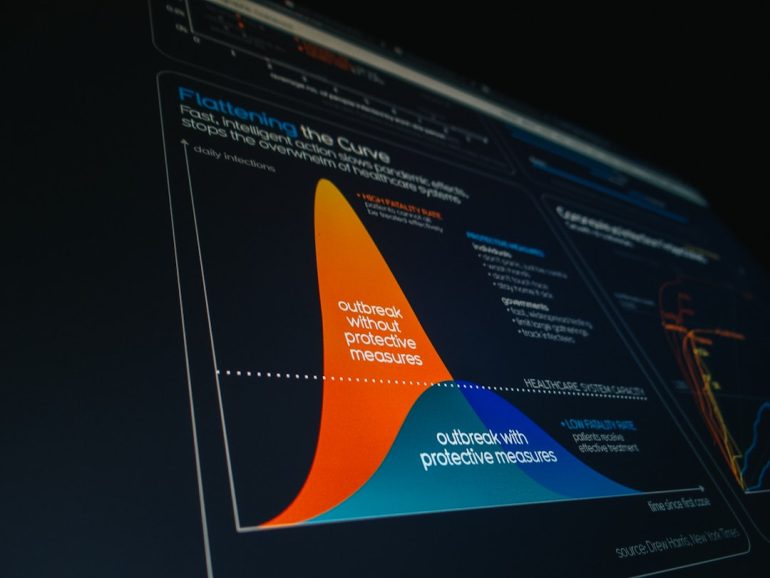Web Security for Marketers: CSP, Headers, HTTPS
As digital marketing continues to evolve, the overlap between marketing and web security grows more significant. Marketers are not only responsible for crafting engaging content, managing campaigns, and driving conversions—they are also stewards of their organization’s brand trust online. One serious breach or unsecured site can erode consumer confidence and result in legal and financial consequences. That’s why understanding core security principles like Content Security Policy (CSP), HTTP headers, and HTTPS is essential for every modern marketer.
Why Marketers Should Care About Web Security
Table of Contents
In today’s hyper-connected world, security isn’t just an IT function—it’s a brand integrity issue. If a customer clicks on a landing page you’ve created and encounters a browser warning, or worse, gets exposed to malware due to a compromised tag or script, the resulting loss of trust can be permanent. According to a survey by HubSpot, 82% of users say they would leave a site that is not secure. That statistic alone underlines the need for marketers to be proactive about web security.
Moreover, platforms like Google consider website security signals—such as having HTTPS—in their ranking algorithms. If your site isn’t meeting basic security protocols, not only are users at risk, but your SEO performance may also suffer.
Understanding HTTPS: The First Line of Defense
HTTPS (Hyper Text Transfer Protocol Secure) encrypts information sent between the browser and your website, protecting sensitive information from being intercepted by malicious actors.
Marketing websites often collect user data, from email addresses to preferences and sometimes even payment information. Without HTTPS, this data is potentially exposed. Even worse, modern browsers now label HTTP sites as “Not Secure,” which can scare away savvy consumers.
Here’s why HTTPS should matter to marketers:
- Trust and credibility: Browsers display a padlock icon or “Secure” label for HTTPS sites, reassuring visitors.
- Improved SEO: Google uses HTTPS as a ranking signal.
- Better Analytics Accuracy: Without HTTPS, referral data from secure sites may be lost, showing up as ‘Direct’ in analytics.
- Data integrity: Ensures that content on your marketing pages isn’t tampered with during delivery.
Moving your site and all marketing landing pages to HTTPS is not just best practice—it’s essential for maintaining brand reputation and campaign effectiveness.

What Is Content Security Policy (CSP) and Why It Matters
Content Security Policy is a powerful browser feature that helps prevent a range of vulnerabilities, particularly Cross-Site Scripting (XSS) attacks. For marketers who rely on third-party code—from social media widgets to analytics and tracking scripts—CSP is crucial.
XSS attacks occur when malicious scripts are injected into web pages, potentially stealing user data or allowing unauthorized actions. This can happen through any number of marketing tools that embed JavaScript on a site.
With CSP, you can:
- Control the sources of scripts, styles, images, and other resources your site can load.
- Block inline scripts, reducing exposure to certain kinds of attacks.
- Report violations back to your server or a monitoring service for review.
Implementing CSP may require coordination with your development or IT team, but it’s effort well spent, especially for high-traffic campaign pages or microsites. When properly configured, CSP can significantly reduce your site’s attack surface.

Security Headers Every Marketer Should Know
HTTP security headers are directives sent from your site’s server to instruct the browser on how to behave when handling your site’s content. These headers determine everything from the allowed frame sources to whether cookies can be accessed via JavaScript.
Marketing teams should be aware of the following commonly used security headers:
- Strict-Transport-Security (HSTS): Forces browsers to only use HTTPS. This prevents protocol downgrade attacks and ensures secure communications.
- X-Frame-Options: Controls whether your content can be embedded into other websites via
<iframe>. This helps prevent Clickjacking threats, where malicious sites trick users into performing actions on your site unknowingly. - X-Content-Type-Options: Stops browsers from trying to guess the MIME type, reducing exposure to certain types of attacks.
- Referrer-Policy: Controls how much referrer information is passed along when navigating away from your site, which is important for both privacy and marketing.
These headers can protect your users and your brand from a variety of risk vectors, particularly in complex digital ecosystems involving multiple assets and channels.
Common Security Mistakes in Marketing Campaigns
While security isn’t often top-of-mind for marketers, certain strategies and tools can introduce vulnerabilities. Here are a few frequent missteps:
- Insecure third-party scripts: Relying on external JavaScript or tracking pixels from unreliable vendors without using Subresource Integrity (SRI) or CSP can expose your site to risk.
- Inconsistent HTTPS links: Mixing secure and non-secure assets in your marketing pages can cause “mixed content” warnings, impacting UX and analytics performance.
- Lack of regular security audits: Campaign pages are often built quickly and then neglected. Without ongoing reviews, these pages may remain online and vulnerable.
Avoiding these mistakes by embedding security into your marketing workflows helps ensure greater reliability and user trust across all campaign initiatives.
Best Practices for Web Security in Marketing
Protecting your marketing channels involves making security a standard part of the creative process. Here are some actionable best practices:
- Use HTTPS everywhere, including email links, landing pages, ads, and embedded content.
- Work with IT to implement CSP and relevant HTTP headers on all marketing properties.
- Vet all third-party tools and services, especially those that inject code into your pages.
- Regularly audit legacy campaign pages to remove exposed or outdated content.
- Monitor for new security advisories related to your CMS, analytics tools, or content platforms.
Security must be seen as a brand investment. A safer user experience encourages confidence and engagement, which in turn drives better results for your marketing campaigns.

Conclusion: The Future of Secure Marketing
As digital threats become more sophisticated, marketing teams can no longer afford to treat security as someone else’s problem. Today’s customers demand seamless and secure interactions—whether they’re clicking an email CTA, filling out a form, or browsing your latest landing page.
Marketers who embrace web security fundamentals like HTTPS, CSP, and critical HTTP headers signal to consumers and stakeholders alike that their brand prioritizes safety and professionalism. By integrating these best practices into your strategies, you strengthen not just your campaigns, but the trust and integrity of your entire digital presence.
In the realm of modern marketing, security and success are permanently intertwined.







